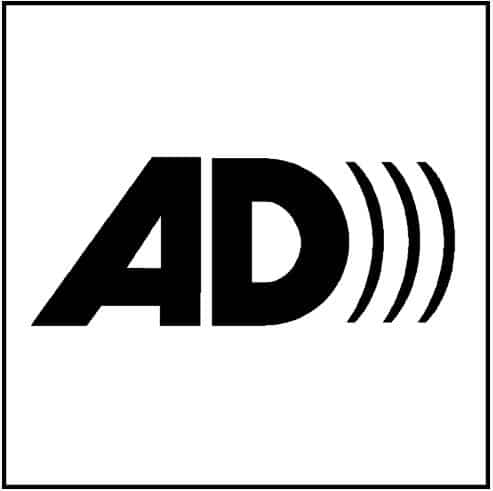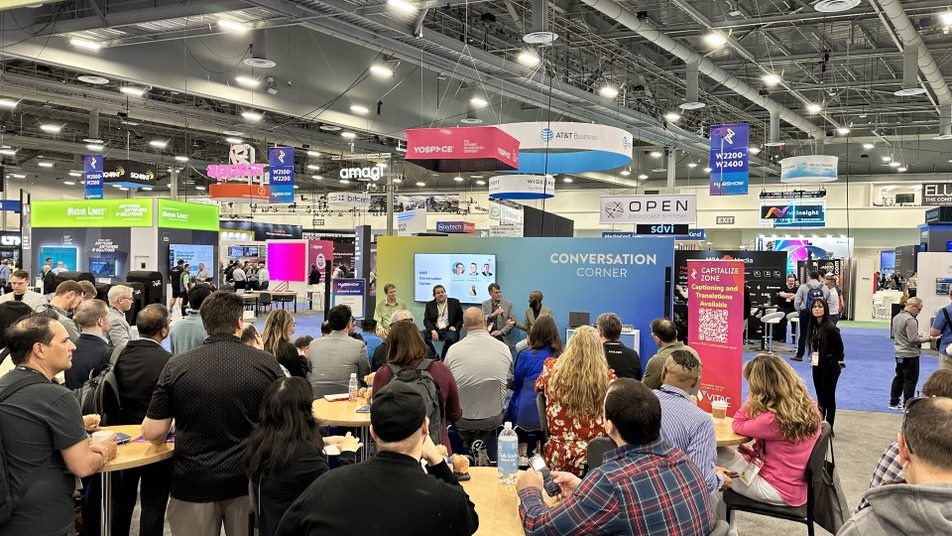The Federal Communications Commission (FCC) earlier this month announced changes to its list of the top five national non-broadcast networks subject to video description requirements.
Beginning July 1, the new top five national non-broadcast networks, based on Nielsen ratings, will be USA, HGTV, TBS, Discovery, and History. The commission updates the list of top five non-broadcast networks – cable and satellite channels – every three years to account for changes in ratings. (The non-broadcast networks currently subject to the video description requirements are USA, TNT, TBS, History, and Disney Channel.)
The FCC also granted exemptions from the commission’s video description rules to three network broadcasters. The FCC OK’d petitions filed on behalf of ESPN, MSNBC, and Fox News for exemption from the video description rules, ruling that the networks provide less than 50 hours per calendar quarter of prime time programming that is not live or near-live.
 Video description – also known as audio description – features audio narrated descriptions of a program’s key visual elements, such as onscreen actions, characters, costumes, and text appearing in graphics or the video, into natural pauses between the program’s dialogue. The service makes video programming, as well as movies, visual images in the theater, and other art forms, more accessible to persons who are blind, have low visions, or are otherwise visually impaired.
Video description – also known as audio description – features audio narrated descriptions of a program’s key visual elements, such as onscreen actions, characters, costumes, and text appearing in graphics or the video, into natural pauses between the program’s dialogue. The service makes video programming, as well as movies, visual images in the theater, and other art forms, more accessible to persons who are blind, have low visions, or are otherwise visually impaired.
The description track can be found on a secondary audio channel available on most television sets and accessible through the television’s menu.
VITAC provides this service to national networks and video producers, and is proud to be providing video description exclusively to two of the newly added networks and one of the broadcasters.
All of the VITAC’s video description scripts are written by professionally trained scriptwriters (real creative individuals, not automated software) with decades of industry experience. We chose our voice talent based on each video, and make sure the narration is consistent throughout a series. Our descriptions are mixed by a team of professional audio engineers and quality checked by both sighted and blind professionals for completeness and clarity.
July 1 also brings with it another big change to the FCC’s video description requirements. Beginning that month, the FCC will require stations affiliated with the top four broadcast networks (and located in the top 60 television markets) and the top five non-broadcast networks to provide 87.5 hours of video description per calendar quarter.
The requirement is part of the 21st Century Communications and Video Accessibility Act of 2010. The commission last year ruled to expand the required amount of video described programming from 50 hours per calendar quarter to 87.5 hours per quarter beginning July 1, representing a 75 percent increase in video described content.
The updated rule requires ABC, CBS, Fox, and NBC provide 50 hours of video description per calendar quarter during prime time or children’s programming, as well as an additional 37.5 hours of video description per calendar quarter between six a.m. and midnight, on each programming stream on which they carry one of the top four commercial television broadcast networks. Similarly, non-broadcast channels USA, HGTV, TBS, Discovery, and History must provide the same 87.5 hours of video description.




